Photographs
Photographs are an important part of War Memorials Trust work as visual images play a vital role in explaining our work, supporting grant applications or raising awareness of the issues we deal with. It is therefore vital that War Memorials Trust receives high quality photographs that clearly show the war memorial, or for example, damaged or other areas of interest.
This page is designed to help you understand what we need to see in photographs, what type of photographs to submit to the Trust and how to send them to us. More detailed information can be found on our Photographing war memorials helpsheet.
What should photographs show?
The war memorial in its surroundings
The light balance should allow the memorial to be seen.

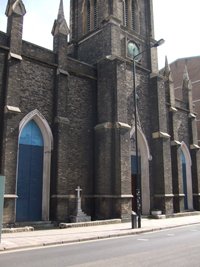
The entire war memorial
The whole form should be captured, filling the frame as much as possible.
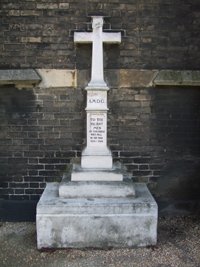
The key features
Capture any decorative and significant features including the inscriptions.
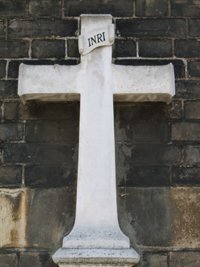
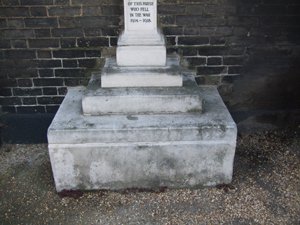
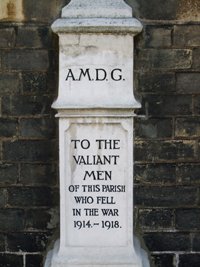
The areas of concern
Take close ups of problem areas, such as pollution deposits on the steps and cracks in the plinth in this example.
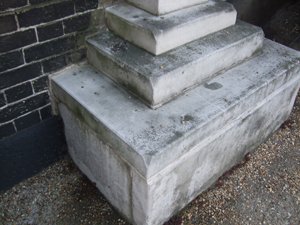
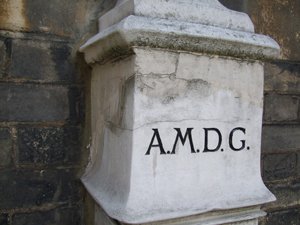
The names on the war memorial
Not relevant in this example but all names should be photographed if present.
What type of photographs should be sent?
War Memorials Trust will accept photographs in a variety of formats each of which is discussed below.
Digital
- Digitial images can be emailed to the Trust at conservation@warmemorials.org or sent on a CD.
- All digital images should be sent as separate files and and should not be embedded or inserted in the text document.
- Images should be high quality. If you have access to photo software programmes, the resolution should be at least 72dpi, ideally closer to 300dpi. A higher resolution can improve the quality and make the images more helpful.
- Individual images emailed in should not be larger than 3MB. Multiple images can be sent on different emails to prevent emails becoming too large and bouncing back.
- Jpeg or Jpg, Bitmap or TIF formats are accepted.
- It is helpful if the images are named in the title with the reference number if known, the name of the photographer and the date taken e.g. WM1246 cWar Memorials Trust April 2009. The small c indicates copyright holder. If the reference number is unknown then use the name of the memorial instead.
Print outs of digital images
Sending digital images electronically is better but for those who wish to send digital images printed out please think about the following.
- Pictures printed on photographic paper are much higher quality than those on normal paper and much better suited to our needs.
- Please do not print out too large. It is better for us to receive a clear 6 x 4 inch photograph than a stretched A4 version which has pixellated (i.e. become slightly fuzzy) as we need to see details.
- We often have to scan images in to use them so we do need high quality images to ensure a clear picture. Scanning adds to the time it takes to process your enquiry or application hence why we encourage digital submission.
- Please write the name of the memorial or reference number, the name of the copyright holder and the date the photograph was taken on the back e.g. WM1246 cWar Memorials Trust April 2009.
Hard copy
We are happy to accept images printed on photographic paper from those who do not have access to digital cameras.
Please write the name of the memorial or reference number, the name of the copyright holder and the date the photograph was taken on the back e.g. WM1246 cWar Memorials Trust April 2009.



